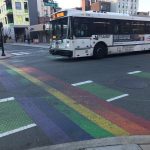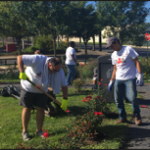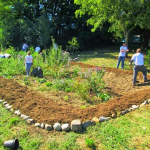New Jersey Future Blog
New Resources to Drive New Jersey Toward Green Street Implementation
January 19th, 2022 by Guest Author
By Maureen Krudner, US EPA Region 2
Roadways throughout the nation are a significant source of pollution to local streams, rivers, and lakes. Stormwater runoff controls are essential for preventing pollutants from washing off roads and reducing local flooding. Converting traditional streets to green streets can mitigate these issues. If you would like to know how your community can begin implementing a green streets project, Jersey Water Works (JWW) has two new publications that can help you along.
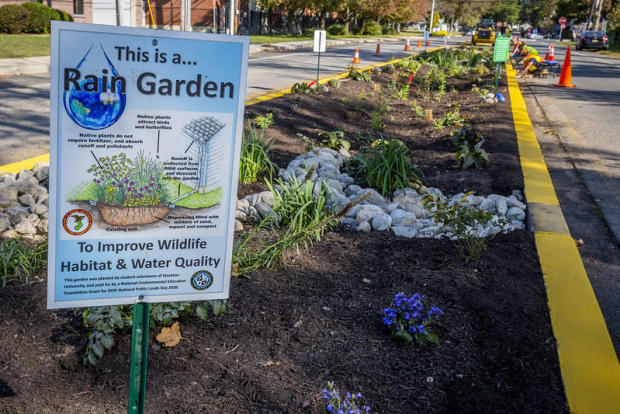
Use JWW’s new resources to learn more about how to plan and fund green infrastructure, like this rain garden in Sea Girt, NJ, in your community. Source: Mark C. Olsen
A green street is a stormwater management approach that incorporates vegetation and engineered systems to slow, filter, and cleanse stormwater runoff from impervious surfaces. Streets comprise a significant percentage of publicly owned land in most communities, offering a unique opportunity to incorporate green infrastructure to improve water quality and community health. Green streets can remove pollutants, replenish groundwater supplies, absorb carbon, improve air quality and neighborhood aesthetics, and provide green connections between parks and open space. They can also improve pedestrian and bicycle safety and calm traffic.
In Sept. 2021, JWW published Planning for Green Streets and Funding Green Streets in the Resources section of its website. These are exciting new resources for green streets implementation.
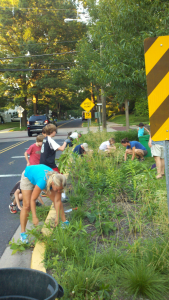
Volunteers maintain a green street in Haddonfield, NJ. Source: Julie Beddingfield.
- Planning for Green Streets outlines the steps needed to get started. The first step is to make sure that green streets are connected to your community’s goals. Effective ways to do this may include adopting a Resolution of Support, developing a Green Streets Policy, and updating local codes. Various agencies need to be included, and things like maintenance and funding need to be considered during the planning process. Educating the public is also important and includes correcting many of the common misconceptions about green infrastructure.
- Funding Green Streets walks you through the several possible funding sources to cover the costs of planning, designing, and installing green streets projects. Over 15 possible funding sources are identified alongside the types of projects that may be eligible. Links to resources for creating a stormwater utility are also included.
If you would like to see how other New Jersey communities have successfully implemented green street projects in their communities, Camden, Hoboken, and Highland Park are featured in the New Jersey Green Streets Case Studies. Additional information on completed green streets projects in New Jersey can be found in the Green Streets in New Jersey Portfolio on the JWW website.
The JWW Green Infrastructure Committee, the Green Infrastructure Champions, and EPA Region 2 partnered to develop these documents. EPA continues to support JWW in its efforts to promote the implementation of green infrastructure throughout New Jersey. If you would like to get involved in JWW, sign up to become a member!
Related Posts
Tags: funding green streets, green streets, Jersey Water Works, planning for green streets, Stormwater

